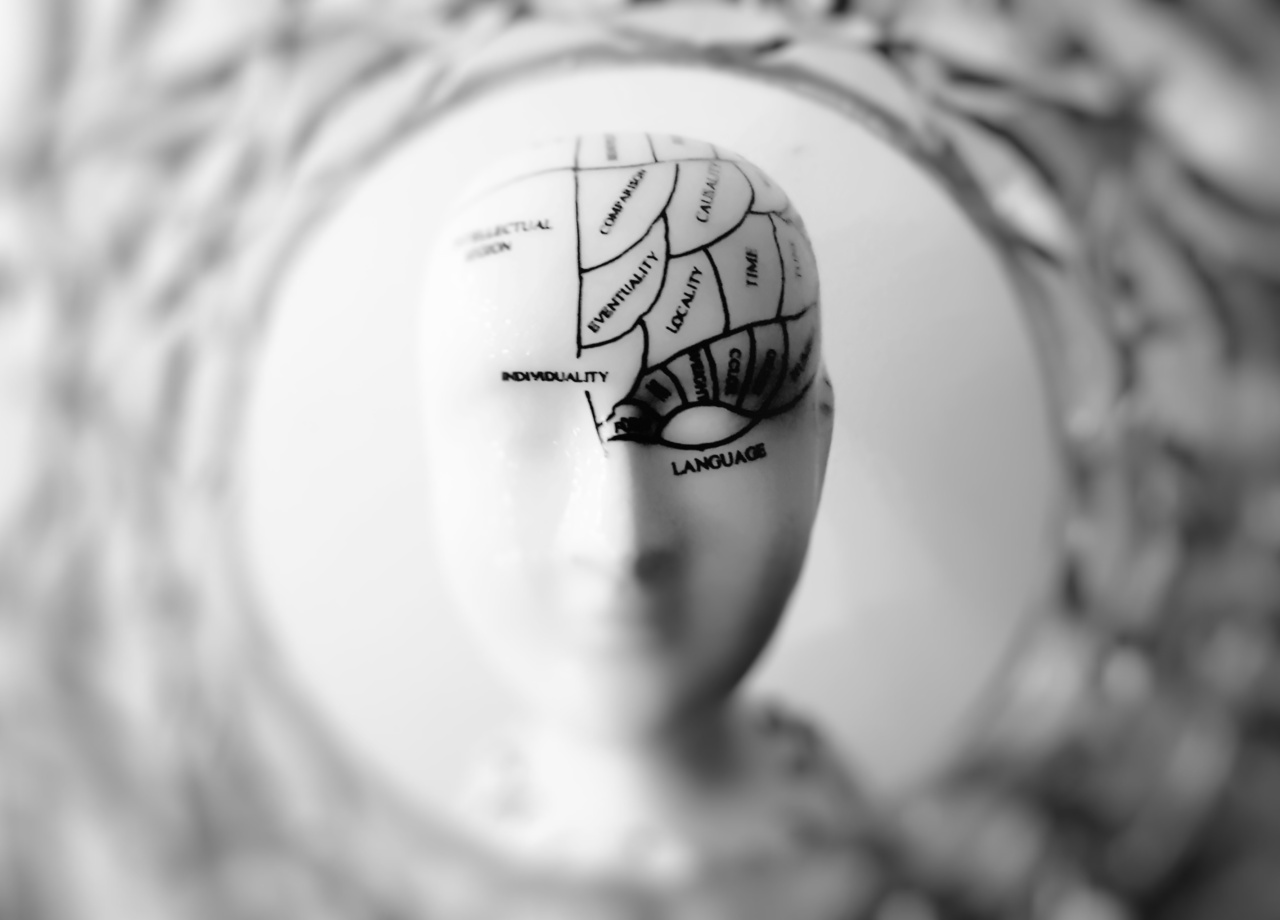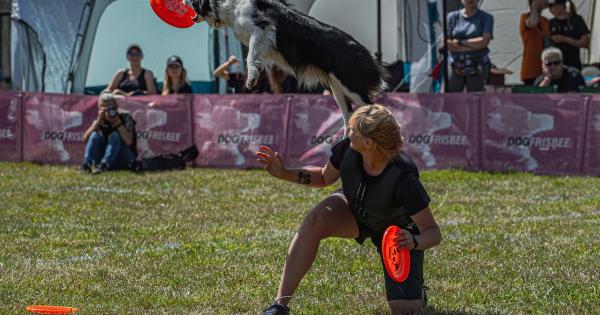Our bodies are capable of performing a vast array of movements, from simple actions like walking and waving, to complex feats like gymnastics and martial arts.
Ironically, some of the most difficult movements to execute are those that seem the simplest, like balancing on one foot or standing on your head.
What makes these movements so challenging is the intricate interplay between our senses, our muscles, and our brains.
In this article, we’ll explore the science behind movements that confound the brain, and provide insights into how we can improve our performance and control in these areas.
The Role of Sensory Input
One of the key factors in executing complex movements is the integration of sensory input from different parts of our bodies.
Our brains rely on information from our eyes, ears, and inner ear (which senses balance and movement), as well as proprioception (the ability to sense the position of our limbs without looking at them).
When we perform movements that challenge our balance or posture, our brain must process all of this sensory information at once in order to coordinate our muscles and maintain stability.
For example, when we stand on one foot, our brain uses visual input to adjust our body position, inner ear input to sense changes in balance, and proprioception to maintain the correct posture and muscle tension in our standing leg.
The Role of Muscle Control
In addition to sensory input, executing complex movements requires precise control over our muscles. Muscles are capable of producing different levels of force and tension, depending on the level of activation from our nervous system.
When we perform movements that require a high degree of control, like handstands or one-legged squats, our brains must activate specific groups of muscles at just the right time and in just the right amount to achieve the desired result.
This can be especially challenging when we are learning a new movement, as our brain needs time to learn the correct muscle activation patterns.
The Impact of Stress and Emotions
One factor that can greatly impact our ability to perform complex movements is stress and emotions. When we are feeling anxious or tense, our bodies produce cortisol, a hormone that can impair muscle coordination and reaction time.
Additionally, our emotional state can affect our ability to focus and process sensory input.
For example, if we are feeling overwhelmed or distracted, our brain may struggle to integrate information from our senses and maintain stability during a challenging movement.
Improving Performance and Control
If you are looking to improve your performance and control in movements that confound the brain, there are several strategies you can try:.
Practice with Visual Feedback
Visual feedback can be a powerful tool for improving your control and precision in complex movements.
By using mirrors or video feedback, you can monitor your body position and muscle activation in real-time, allowing you to make adjustments and refine your technique.
Train Specific Muscle Groups
When attempting to perform a challenging movement, it is often helpful to isolate and train specific muscle groups.
For example, if you are struggling with a one-legged squat, you may benefit from strengthening your glutes or quadriceps through targeted exercises such as lunges or leg presses.
Try Relaxation Techniques
If you are feeling stressed or anxious before attempting a challenging movement, relaxation techniques like deep breathing or meditation can help you feel more calm and focused.
This can improve your ability to process sensory input and maintain stability during the movement.
Get Plenty of Sleep
Getting enough sleep is essential for optimal brain function and muscle coordination. Aim for 7-8 hours of sleep per night, and try to establish a consistent bedtime routine to help your body adjust to a regular sleep schedule.
Work with a Professional Trainer
If you are struggling to make progress in a particular movement, working with a professional trainer or coach can be a great way to get personalized feedback and support.
A skilled trainer can help you identify areas of weakness, develop a targeted training plan, and provide guidance and encouragement along the way.
Conclusion
The human body is capable of incredible feats of movement, but executing complex movements that challenge the brain can be a daunting task.
By understanding the role of sensory input, muscle control, and emotions in these movements, we can develop strategies to improve our performance and control. Whether you are a novice or an experienced athlete, there is always room for growth and improvement!.































